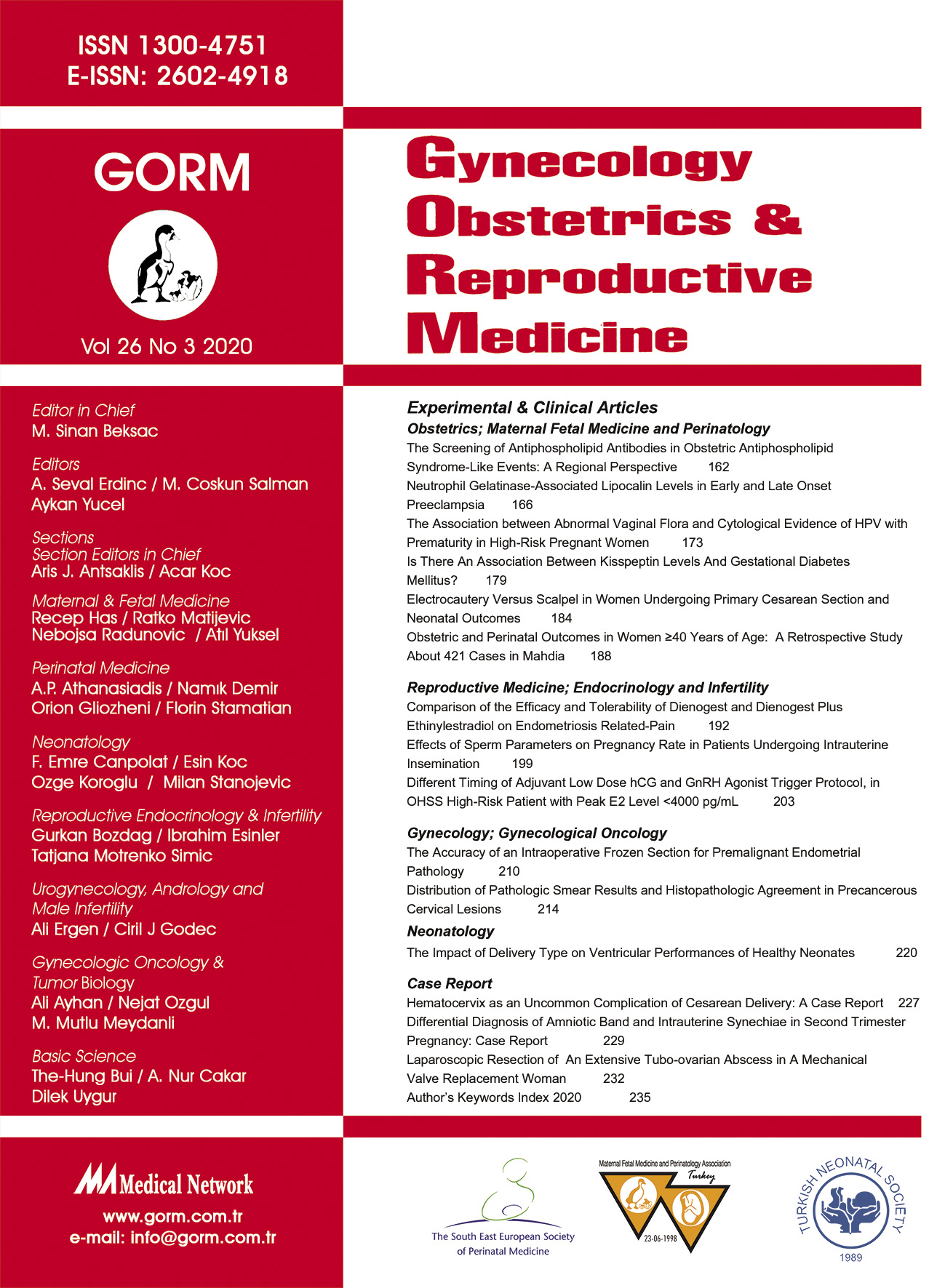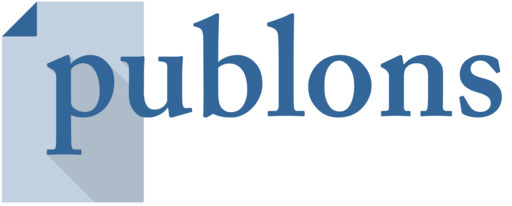Distribution of pathologic smear results and histopathologic agreement in precancerous cervical lesions
DOI:
https://doi.org/10.21613/GORM.2020.1030Keywords:
Cervical biopsy, Cytology, Pap smear, PrecancerousAbstract
OBJECTIVES: The accuracy of the Papanicolau smear test is very important in cervical cancer which is preventable cancer. In this study, we aimed to investigate the distribution of smear results and cyto-histopathological correlation and agreement in biopsies.
STUDY DESIGN: A retrospective study was performed at the gynecology obstetrics and pathology department of Baskent University Konya Application and Research Hospital, over a 5-year period. The histopathology results of 89 patients who underwent colposcopic biopsy from 273 patients with pathologic Pap smear results were examined. The histopathologic results and pathologic Pap smear results were compared and the compatibility between them was examined.
RESULTS: Data records were collected for 11,191 women. Overall, the prevalence of cytologic abnormalities was 2.43%. The cytohistopathologic correlation in epithelial lesions was 56% and was statistically significant. In glandular lesions, normal biopsy results were reported in 93% of AGC-NOS cytology results, whereas there was a 100% malignancy correlation with AGC-FN cytology results. In terms of detecting low and high-grade lesions, the false-negative rate was 12% and the false-positive rate was 17%.
CONCLUSION: In conclusion, Pap smears can be less cost-effective and easily accessible method. While conservative treatment is appropriate in young patients because of possible regression even in high-grade lesions; in older patients, it should not be hesitated to get biopsy when a suspicious clinic is present.
Downloads
Downloads
Published
How to Cite
Issue
Section
License
Copyright (c) 2020 Eser Colak, Esra Zeynep Coskunoglu

This work is licensed under a Creative Commons Attribution 4.0 International License.
All the articles published in GORM are licensed with "Creative Commons Attribution 4.0 License (CC BY 4.0)". This license entitles all parties to copy, share and redistribute all the articles, data sets, figures and supplementary files published in this journal in data mining, search engines, web sites, blogs and other digital platforms under the condition of providing references.





